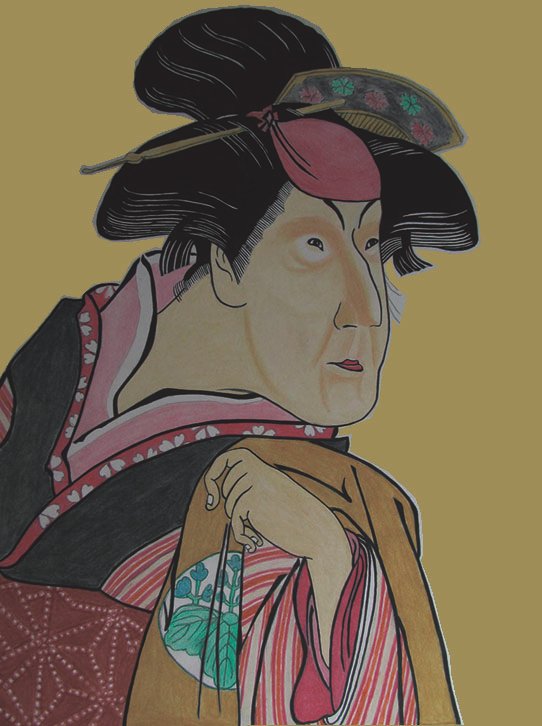Sharaku’s kabuki portraits, created over two centuries ago, continue to fascinate us today. His bold exaggerations of actors’ faces and postures unsettled some of his contemporaries, yet they remain striking, modern, and strangely familiar to anyone who looks closely. At Floating World Art, these portraits are not frozen in the past—they are bridges from Edo’s theater world into our own century, reinterpreted with digital tools and new artistic vision.
Sharaku’s Unfinished Story
Sharaku’s career lasted less than a year, yet he left behind over 150 actor portraits that challenge our ideas of beauty and performance.
- His lines were uncompromising.
- His faces revealed emotion over perfection.
- His prints were more than souvenirs—they were commentaries on personality and role.
Today, those fleeting images offer us rare insight into Edo’s stage culture, just as Sharp and unpolished as the performances themselves.
Reinterpreting for a New Age
In reimagining Sharaku, we don’t only see historical accuracy; we see possibility.
- What if Sharaku could use Illustrator’s infinite palette?
- How might his portraits speak to a generation framed by photography and screens?
- Can kabuki actors, once captured on woodblocks, now live again in a glowing digital world?
Through layering, color variations, and modern rendering, Sharaku’s vision is both preserved and expanded, reminding us that great art never stays in one era—it adapts.
Beyond Nostalgia
Sharaku’s work invites us not just to look back, but to carry his energy forward. His exaggerated features are reminders that art is not bound by rules of proportion or prettiness—it is bound only by truth.
At Floating World Art, reinterpretation is not nostalgia. It is a dialogue. Each portrait says:
- What do we still recognize across centuries?
- What must change for art to feel alive today?
✅ Artist’s Note
Each reinterpretation strives to honor Sharaku’s raw drama, but also to answer a personal question: how can traditional lines and masks reveal something about our own modern selves? These works are not copies—they are partnerships with a voice that still speaks, even after 200 years of silence.
Art survives when it speaks across time. Sharaku gave us fleeting moments of Edo kabuki actors—faces fierce, twisted, vulnerable. Today, Floating World Art reimagines those same moments, not as static pictures, but as timeless encounters. As long as we continue to reinterpret, beauty transcends time.
